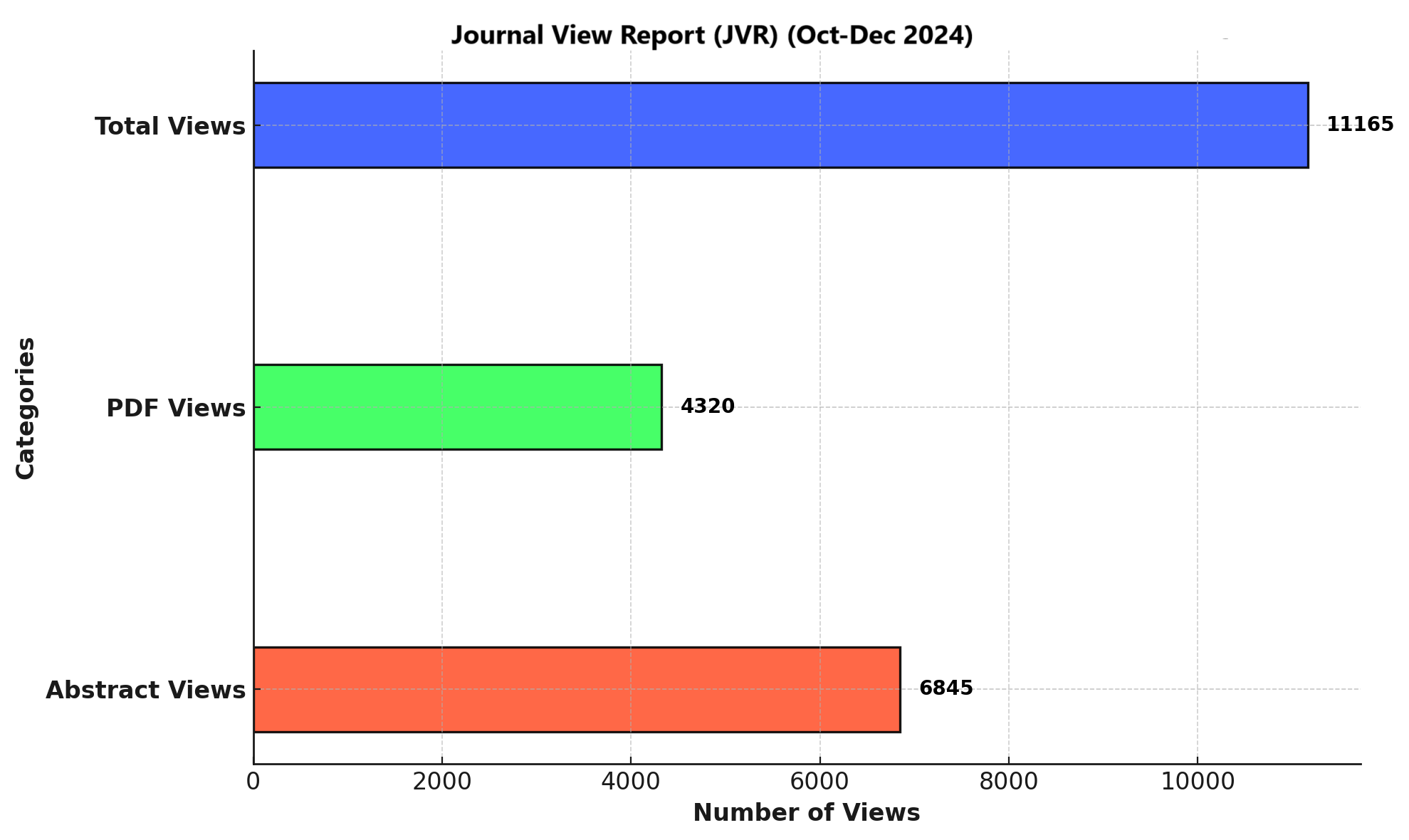FREQUENCY OF UNDIAGNOSE DIABETES IN PATIENT PRESENTING WITH ACUTE CORONARY SYNDROME AT TERTIARY CARE HOSPITAL OF KARACHI
DOI:
https://doi.org/10.71000/q03q8b42Keywords:
Acute coronary syndrome, Cardiovascular diseases, Diabetes mellitus, Dyslipidemia, Glycated hemoglobin A, Hypertension, SmokingAbstract
Background: Acute coronary syndrome (ACS) is a major cause of morbidity and mortality, with diabetes mellitus being a key risk factor that worsens cardiovascular outcomes. Undiagnosed diabetes remains a silent contributor to ACS, increasing the risk of complications due to prolonged hyperglycemia, endothelial dysfunction, and accelerated atherosclerosis. The burden of undiagnosed diabetes varies globally, with limited region-specific data in developing countries. Early identification of undiagnosed diabetes in ACS patients can enhance treatment strategies, improve prognoses, and reduce cardiovascular complications.
Objective: This study aimed to determine the prevalence of undiagnosed diabetes among patients presenting with ACS at a tertiary care hospital in Karachi and to assess its association with demographic and clinical characteristics.
Methods: A cross-sectional study was conducted at the National Institute of Cardiovascular Diseases, Karachi, over six months. A total of 241 patients aged 25 to 70 years with a confirmed diagnosis of ACS were included using consecutive sampling. Patients with previously diagnosed diabetes or a history of ACS were excluded. Data on demographics, clinical history, and cardiovascular risk factors were collected. HbA1c levels were measured to identify undiagnosed diabetes, defined as HbA1c ≥6.5%. Statistical analysis was performed using SPSS version 22, with categorical variables expressed as frequencies and percentages, and continuous variables as means and standard deviations. A chi-square test was used to determine associations, with a significance level of p ≤ 0.05.
Results: The mean age of participants was 54.59 ± 8.9 years, with 74.69% being male. Urban residents accounted for 69.71% of the sample. Hypertension was present in 59.75%, dyslipidemia in 49.79%, and smoking history was noted in 39.83% of current smokers and 19.92% of ex-smokers. STEMI was the most common ACS type (39.83%), followed by NSTEMI (34.85%) and unstable angina (24.9%). The mean HbA1c level was 6.03 ± 0.92%, and undiagnosed diabetes was identified in 24.9% of patients. A significant association was observed between undiagnosed diabetes and hypertension (p = 0.04) as well as dyslipidemia (p = 0.03).
Conclusion: A substantial proportion of ACS patients had undiagnosed diabetes, highlighting the urgent need for routine glycemic screening in high-risk populations. The strong association between undiagnosed diabetes and cardiovascular risk factors underscores the importance of integrating diabetes detection into ACS management protocols. Targeted interventions and preventive strategies are essential to improving patient outcomes and reducing diabetes-related cardiovascular complications.
Downloads
Published
Issue
Section
License
Copyright (c) 2025 Abdul Wasay Ali , Afshan Shaikh , Meena Kumari , Muhammad Ishaq , Mumtaz Ali, Adem Sadik, Asif Ali (Author)

This work is licensed under a Creative Commons Attribution-NonCommercial-NoDerivatives 4.0 International License.







